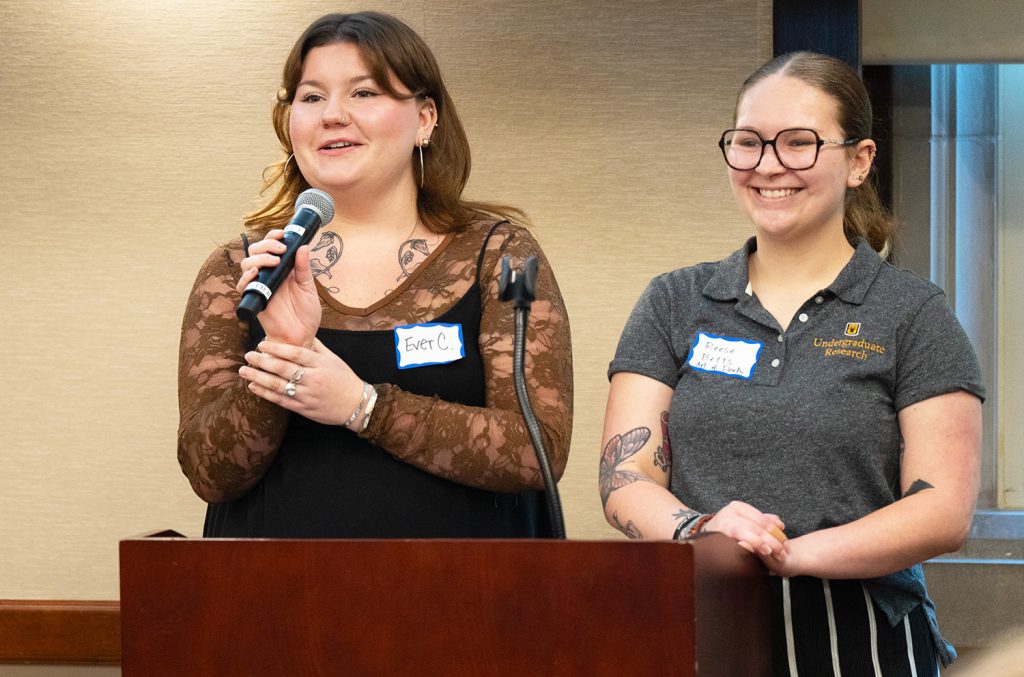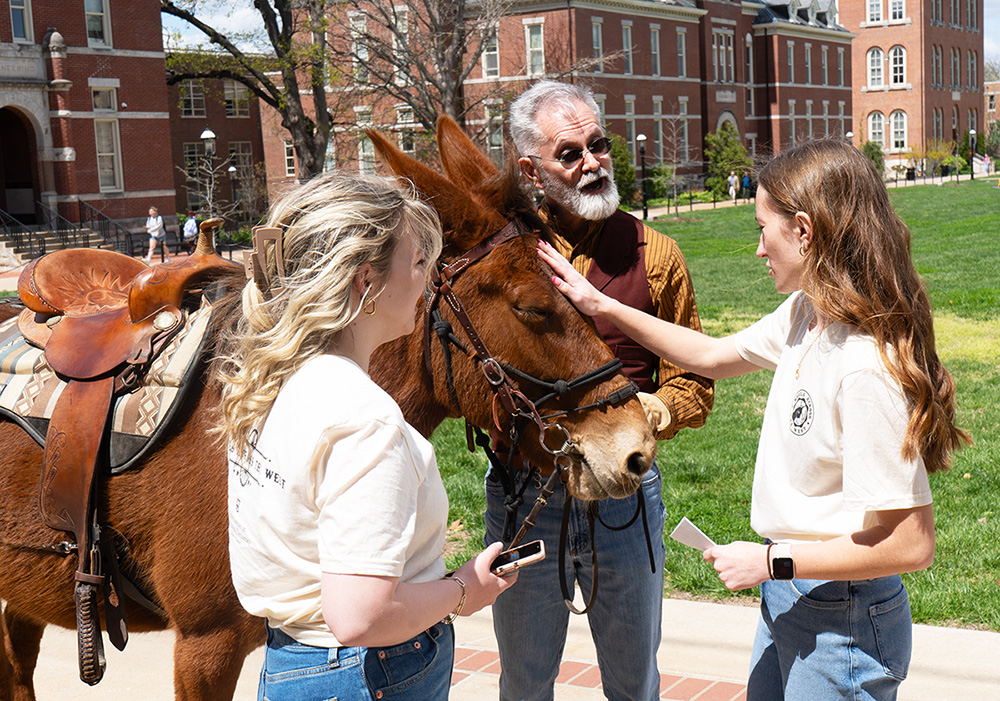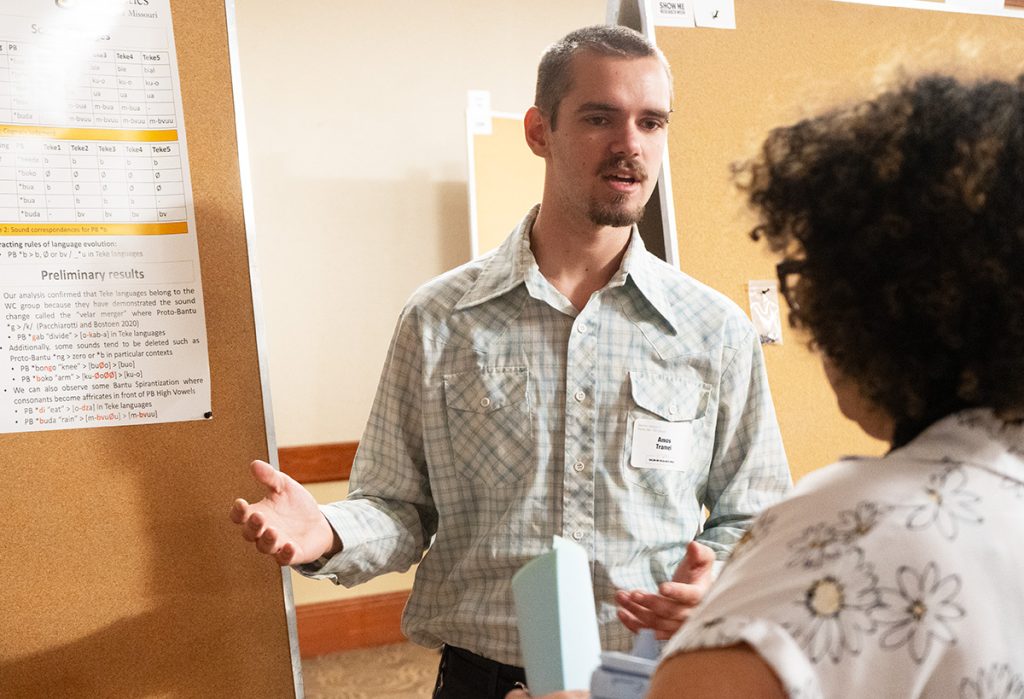


The Honors College and the Office of Undergraduate Research jointly support teams of undergraduate research students in the arts, social sciences or humanities (ASH) disciplines, who collaboratively work as members of a faculty-led research or design team.